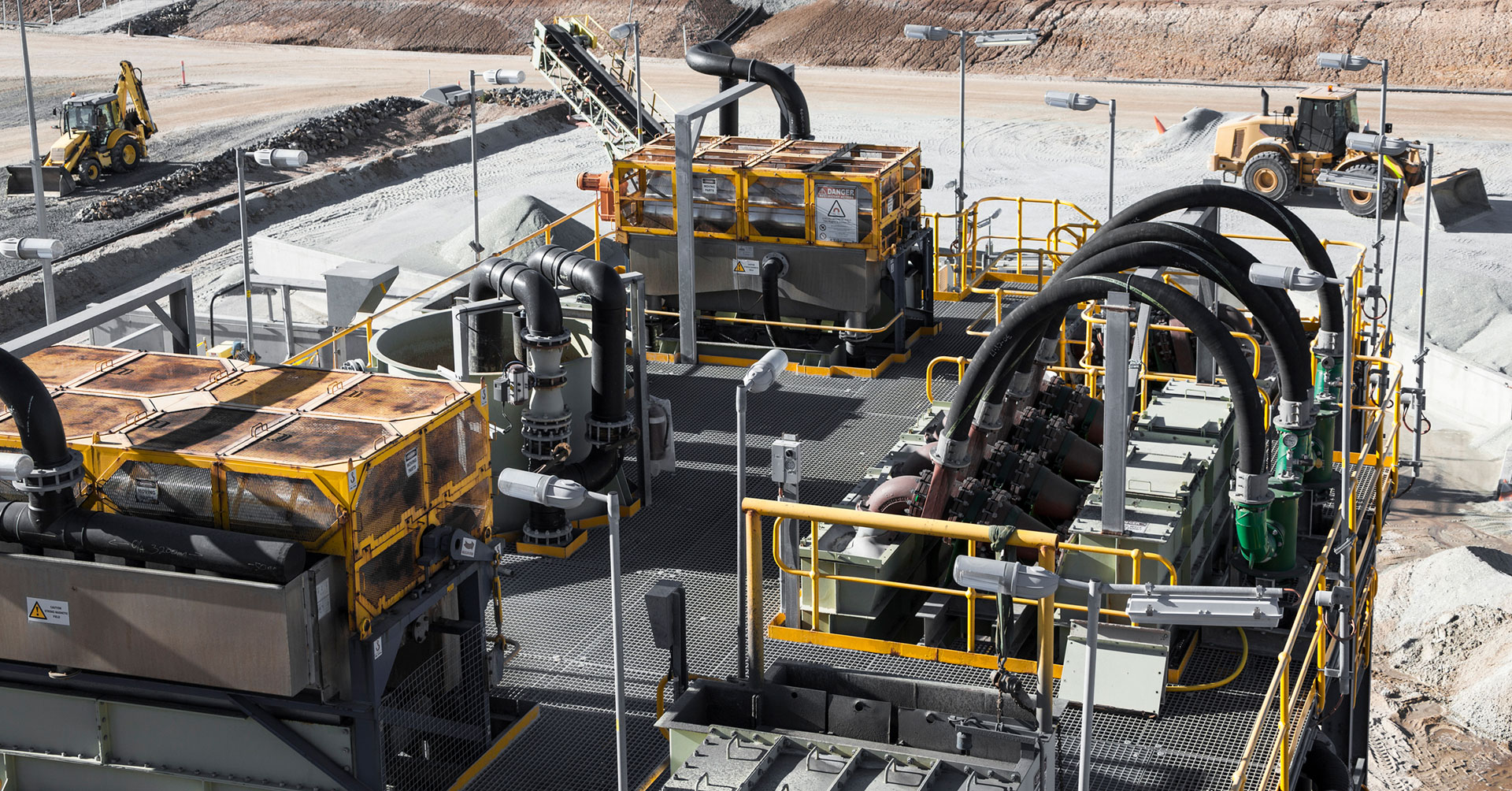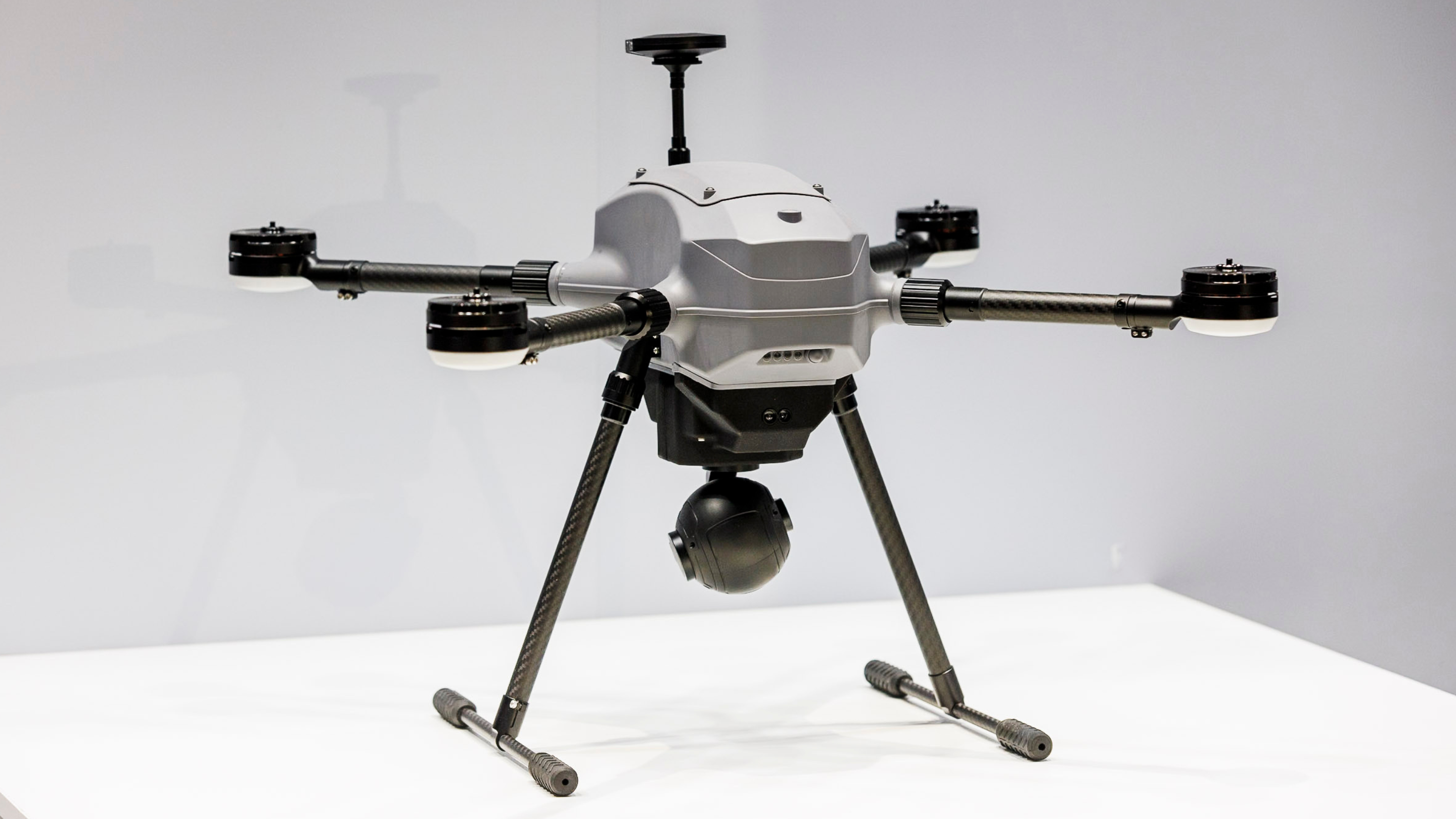Critical Minerals Thesis

With the rapid buildout of AI infrastructure and the world transitioning to a metals based energy economy, now more than ever, there is a desperate need for more secure and sustainable access to critical minerals.
With the emphasis on minerals growing, and more questions being asked about what this opportunity means for Australia, we wanted to write this piece off the back of IMARC to share not just some of what we’ve learned, but also what we’re most excited about across the sector.
After exploring opportunities in the mining technology space for a number of years, we’re firm believers that there is an important role for venture investment to play in shaping the future of the critical minerals sector. We’d like to take this opportunity to articulate some of our thinking around where we feel the most compelling venture opportunities might be, and why.
.png)
Does critical mean venture scale?
Australia currently has 31 resources designated as critical minerals. While many of these are essential for AI infrastructure and the energy transition, we believe only some of these resources and their associated technologies possess the tailwinds to be potentially venture scale.
It’s fair to say that investments in the minerals space have traditionally not been a great fit for venture. The critical minerals sector is geopolitically wrought, requires long timeframes, is capital-intensive and can have opaque markets, all of which can make it structurally difficult to generate venture returns. The promising thing is that more recently, we’ve met more entrepreneurs who are finding ways to overcome some of these barriers. These are the opportunities we have been most excited for.
The other major force that is shifting the paradigm is the changes we are seeing in market dynamics for many of these minerals. What venture investors like us are looking for are companies that can scale to billion-dollar outcomes in a ten-year investment time horizon, and an important driver of these outcomes is rapidly growing markets. This can be spurred by either exponentially growing demand, systemic constraints in future supply, or both. Copper and lithium are great examples of minerals seeing some of these growth tailwinds, and are two of the commodities we have been most focused on. Others however, can be more strategic in their criticality.
While ensuring the security of supply can be a powerful catalyst, we feel that it also needs to be paired with attractive market tailwinds to be most suitable for a venture investment. This draws strong parallels to a key motif in venture, where investors are searching for the potential to create or address massive new markets that might not exist today.
There are opportunities all across the value chain
.png)
Broadly speaking, there is room for innovation across the entire mining value chain. From discovery and exploration to mining, processing and refining, we see a strong need for new technologies to supercharge the velocity and capability of all of these stages to sustainably deliver the many minerals we need for the future. The nuance here is that the value chain opportunities are different for each commodity — for example, not every resource needs additional exploration activity or downstream processing.
For minerals that might be venture scale, we are most keen to learn about technologies that might help to address the most pressing challenges in those specific value chains.
What we’ve observed is that innovating in each segment has its own unique challenges that need to be accounted for to be most suitable for a venture investment.
Discovery & Exploration
For some minerals, there is a structural undersupply due to the limited exploration activity we have seen over the past decade. The scale of some of these shortfalls are also insurmountable - using copper as an example, we now need to bring the equivalent of a new Escondida mine online (considered the world’s best tier 1 copper asset) every year for the next 15 years in order to meet the supply requirements for 2040. With ore grades deteriorating and mining activities getting deeper, this is an intimidatingly tall order, but a challenge some of the best founders in the world are tackling head-on. Simply put, more viable projects are needed. We need to both identify new high-quality assets and enable their discovery more cost-effectively at the same time, with recent advances in AI and data science giving rise to a new wave of companies looking to innovate in this space.
The challenge with investing in discovery and exploration is working out how a company might be a viable venture investment from a value capture and return timeframe perspective. With the vast majority of value in mining accruing to the resource itself, we’ve seen many companies explore business models that enable some of this upside capture through full asset ownership, JVs and even royalties and streaming, each with various pros and cons to consider such as the level of upside/commodity exposure, capital intensity, asset concentration risk, and the level of operational exposure.
Another key factor is around return timeframes. With mines typically taking 10+ years to reach production, there are few traditional VC metrics that are applicable along the journey. Other measures will be needed to demonstrate progress and derisking, and are important to be able to drive the value inflections needed to raise the capital required to scale.
Not only is this an opportunity to drastically rethink how we can quickly and efficiently bring more mines to life, but it is also a golden opportunity for business model innovation. We feel there is a new willingness for the sector to explore different ways of sharing some of this upside with tech-enabled exploration businesses so that there is a win-win. Recent companies who are exploring royalties and streaming in base metals are good examples of interesting alternatives (such as Terra AI that we have been watching from afar), in contrast to the more concentrated asset ownership models we have seen in previous years.
Mining Operations and Extraction
While much of the industry is working hard to bring new discoveries to life, we in turn need to develop new solutions to help existing mines operate more efficiently and sustainably than ever. Given the long timelines required to bring new mines to production, we will need to make the very best use of our existing assets in order to meet some of the growing demand we are already seeing today.
Here, it’s all about augmenting operations with automation, robotics, digitisation and intelligence. We often see hardware-enabled software/AI solutions and associated business models, giving operators impressive new resolution into where they should drill, blast and crush on a daily, hourly and sometimes minute-by-minute basis. Plotlogic, Emesent and Presien are great examples from our portfolio, each of whom are playing an important role in redefining the future of mining operations.
Ultimately, it’s all about demonstrating a clear ROI to the customer. There are many elements here that can be compelling. Whether it is unlocking additional production capacity, extending mine life, augmenting yield or unlocking new value from waste, lowering emissions, improving safety or any combination of the above, we’re most excited about value propositions that are simply no-brainers to the mine operator.
It’s no secret that the mining industry is conservative and fairly slow to adopt new innovations. For that reason, whenever we meet Founders from outside the industry who are looking to break in, we always flag how important it is to have ‘insiders’ on the team or advisors, who understand the industry and have the critical domain knowledge to move things forward. We have found that mid-tier miners can often be faster to act and more willing to be first movers, making them valuable partners and customers for early-stage companies.
While opportunities here generally do not usually capture any commodity upside, they tend to follow more traditional as-a-Service models that venture investors are quite familiar with. The crucial aspect here is how one is able to break the mould when it comes to the velocity of adoption. Buying decisions in mining can be complex with multiple different stakeholders, so it will be important here to not only think about technology but also go-to-market innovations that may rely on important channel partners such as resellers, OTMs and OEMs.

Minerals Processing & Refining
The shortages of some minerals are only overshadowed by their subsequent lack of processing and refining capability downstream. With much of this capability being concentrated in only a few parts of the world, there are strong supply chain resilience arguments for establishing a new generation of processing capabilities. Specifically for Australia, as primary producers of a vast amount of the critical minerals needed, now more than ever, there is a generational opportunity to invest in downstream capability so there is greater ability to capture future resource upside. What we’re looking for are novel flowsheets or approaches, such as in-situ mining, biomining or even phytomining, that can be markedly more cost-effective, sustainable and can bring previously uneconomic resources to light, with ElectraLith being a stellar example of this from our portfolio. These challenges are usually driven by a combination of grade, impurities and/or mineralogy, and we would also classify recycling and tailings processing in this category as interesting ways to unlock alternate sources of economic supply.
Assuming the fundamental unit economics stack up, the biggest challenge with most opportunities in this space is to do with the capital intensity needed to scale. While technologically novel processes are certainly important, there is no doubt that economies of scale play an equally crucial role as well. While there are usually a good amount of non-dilutive options for innovators who are scaling in this space, they are usually competitive and have a fairly high bar when it comes to the TRL you need to demonstrate to be eligible. Herein lies one of the important valleys of death that venture investors can help to overcome, and that is funding the process of scale-up from lab to prototype and pilot plant projects.

Doing so usually helps to demonstrate key unit economics and sustainability metrics that are required to attract any further investment in scale-up, and are also key parameters that customers will need to make any decision on whether to adopt your process. Getting this right is incredibly important, even more so because the capital intensity of scaling means you have a very limited number of iteration cycles to get things right. It’s also important because the mining industry is no different in its adoption velocity here vs. in other parts of the value chain. Incumbent technologies like froth flotation, solvent extraction and electrowinning, heap leaching and blast furnaces took in the order of 20-30 years from first commercial application to >50% uptake in industry, so even groundbreaking technologies may need to have some patience.
While it sounds like a challenging journey, the silver lining is that this pain point is well acknowledged. There are now more stakeholders in the ecosystem than ever who are rethinking how we can disrupt this model of innovation adoption in the mining sector. This has led many new entrants to explore new business model approaches that specifically tackle some of the challenges we have previously seen with capital intensity and timeframes. Aside from building billion-dollar facilities with offtake, it’s been promising to see innovators explore other, more capital-light approaches (for the start-up that is), from modular deployments, to EPC licensing models that can better leverage end customers for financing.
In light of these challenges, what we’re looking for is technologies with both strong economic advantages as well as sustainability benefits. If we’re going to reinvent the future of minerals processing and refining, it needs to be more sustainable and cost-effective by a substantial margin for these technologies to have the best chances of seeing venture-scale adoption.
A generational Australian opportunity
Our focus on critical minerals reflects not only the scale of this global imperative but also a belief in Australia’s unique opportunity to lead and shape the future of the industry.
Australia is not only already a producer of 14 of the 31 minerals in our critical minerals list, but is also a world leader across multiple areas of R&D, including geoscience, minerals processing and extractive metallurgy, and robotics and autonomy. The Australian mining industry has also been a pioneer in adopting autonomous operations, so there is certainly a strong legacy of innovation that we as a nation can continue to build on.
Combined with robust levels of non-dilutive support from the Australian government via various grants, rebates and R&D commercialisation programs for critical minerals technologies (CRC, CRC-P, IGP, ARENA, R&D rebate and other state-specific programs), this means that the stars are aligning for Australia to be one of the best places in the world to innovate in mining and METS.
It’s no secret either - in few other sectors do we see droves of international Founders wanting to establish operations and industry & research collaborations in Australia, so it’s an advantage we should certainly feel confident building on ourselves.
We have no doubt that some of the best opportunities of this era are going to come out of the Australian ecosystem. Our hope is that these new innovations will enable us to capture greater upside for our economy, build generational capabilities and infrastructure, and deliver venture returns all at the same time.
We want to work with you
At Main Sequence, we’re backing deep tech innovations that are addressing some of the world’s biggest challenges.
We’re designed to work with founders and researchers from the earliest stages, even from ideation and inception. The takeaway here is that it’s never too early to come speak with us - we’re always keen to explore possibilities with you, and have a number of pathways such as Venture Science for building new companies, Atmosphere for Pre-Seed opportunities, and our Core Fund to back new research spinouts and to make direct investments in companies from Seed-Series B.
Our aspiration is to help build, scale and grow the next generation of deep tech companies that will change the world, and we’re excited for the impact we can help deliver to the critical minerals sector.
We’re proud to have already backed several companies we believe are shifting the needle, and continue to be on the hunt for more:
- ElectraLith is revolutionising Direct Lithium Extraction and Refining (DLE-R) by developing novel membrane technology that can produce battery-grade lithium hydroxide in a single, scalable and modular step that requires no water or chemicals and can run entirely on renewable energy.
- Plotlogic is using AI-vision with hyperspectral & LiDAR technology to accurately characterise ore body mineral content, enabling precision mining in real-time across the entire mine operation.
- Emesent is a 3D mapping and autonomy company that is transforming mining inspection, leveraging their world-leading hovermap technology to capture some of the highest resolution data in the most hazardous environments.
- Presien is an AI-vision company for heavy industries, with industry-leading solutions for safety and productivity in mining that are designed to help people and equipment work more safely and efficiently together.
We’re actively looking for new opportunities, so if you’re building an innovative technology company in the critical minerals space, do reach out to us, and we’d love to explore how we can shape the future of mining and METS together.
Written by
Stay in Touch


.jpg)






